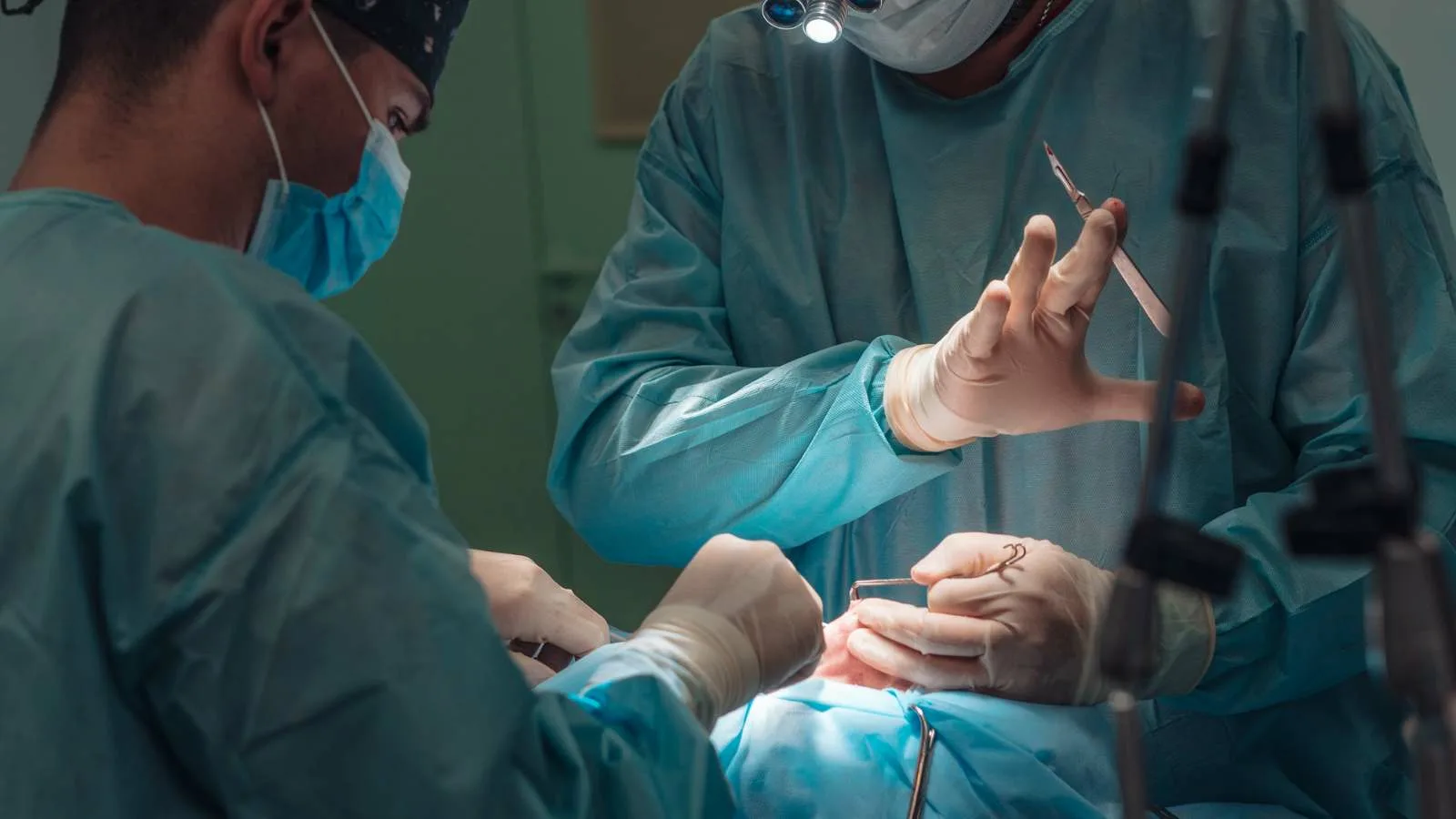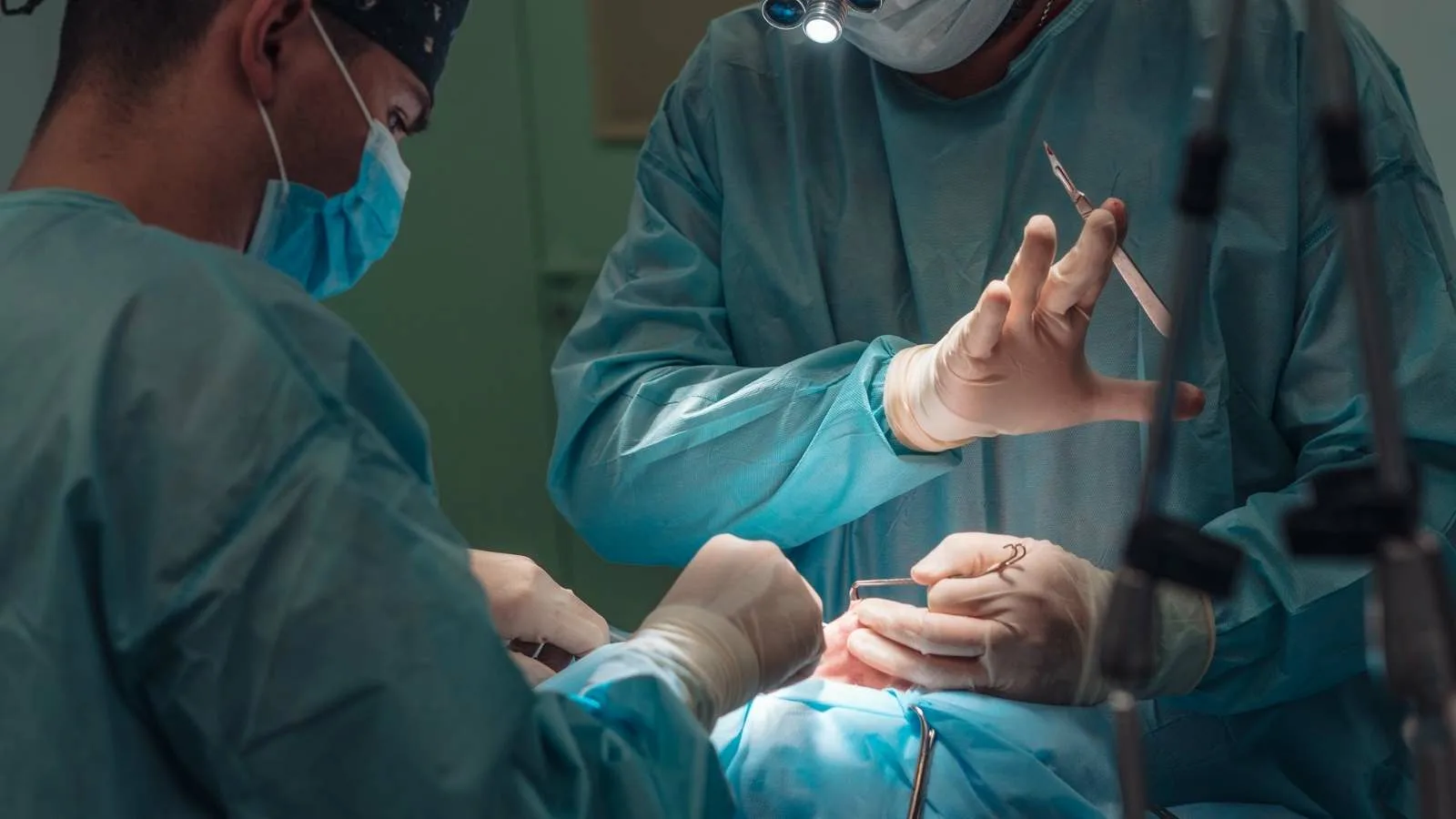Facelift surgery recovery focuses on minimizing swelling, bruising, and discomfort during the initial healing phase. Following medical guidelines is essential to preserve natural facial rejuvenation results.
In the early stage, patients may need head elevation and cold applications to control edema. Avoiding excessive facial movement supports stable healing of incisions and tissues.
Sutures are typically removed within one to two weeks, while most visible swelling resolves within a month. Light daily activities can resume gradually as recovery progresses.
Long-term recovery emphasizes sun protection, healthy lifestyle choices, and regular follow-ups. These measures ensure prolonged surgical benefits and natural rejuvenation of facial contours.
Why Is Recovery After a Facelift Important?
Facelift, or rhytidectomy, is an aesthetic operation that helps rewind the effects of time on your face. It allows you to look fresher and younger. Equally important, however, is the recovery period afterward. This process requires some patience, and it is vital to follow your doctor’s advice. While it can take months to see the final results, the first weeks are the most critical stage; knowing what to expect during this time helps you feel more comfortable both physically and mentally.
How Will the First 24–48 Hours After Surgery Go?
It is normal to feel a bit tired and groggy when you come out of surgery. After being observed for a few hours, you may go home if your condition is stable. Sometimes you may need to stay in the hospital overnight. Having a close friend or family member to help you during the first one or two days is essential because, due to the effects of anesthesia and restrictions in your movement, it is safer not to be alone.
You will have a tight bandage on your head to reduce swelling and bruising. Small tubes (drains) may be placed to remove any fluid that accumulates inside; these are usually taken out the next day. Feeling pain is natural, but it can be controlled with the prescribed painkillers. Take your medication exactly as your doctor instructs—before the pain becomes severe. You may need slightly more pain relief in the first days. Swelling and bruising also start and may increase during this period.
What Should Be Considered in the First Few Days?
Bed rest is important. You should only get up with assistance for bathroom needs. Keeping your head elevated (supported by several pillows) is very helpful for swelling and edema. You must not bend forward. Try to drink plenty of fluids. If you feel nauseated, begin with light, easily digestible foods. Paying attention to your diet during this time supports healing.
What to Expect During the First Week?
The first week is when healing is felt most intensely. Swelling and bruising usually peak on the third or fourth day, then gradually begin to subside. Nevertheless, it is normal for them to remain noticeable throughout the week. Continue keeping your head elevated, and if recommended by your doctor, apply cold compresses (making sure they do not come into direct contact with your skin). Pain is expected to lessen day by day, and most people switch to lighter painkillers after a few days.
Typically, you will have a follow-up appointment with your doctor within the first week. At this visit, drains are removed, suture sites are checked, and dressings are changed. Your doctor will explain the next steps. Instead of a tight bandage, you may be asked to wear a lighter, elastic facial support. These check-ups are important for detecting any potential problem early.
Activity and Care During the First Week
Your activities should still be very limited. Rest is paramount. You may walk gently inside the house, but avoid strenuous tasks, bending over, and lifting heavy objects. Follow your doctor’s instructions for keeping your suture sites clean. You may feel itching, but do not scratch or pick at scabs. You will receive individualized advice about showering and washing your hair; generally, bandages should not get wet in the first few days. Numbness, tingling, or tightness in your face is common. Soft foods may be more comfortable. If you have difficulty opening your mouth, use a small toothbrush. Some stitches may be removed around day seven. This first week is a transition in which the most apparent symptoms begin to lessen.
How Does Recovery Progress in the Second Week?
During the second week you usually feel a marked sense of relief. Swelling and bruising decrease significantly. Any remaining bruises can often be camouflaged with makeup. You will start to feel more energetic. Remaining stitches may also be removed this week, and the suture lines begin to flatten.
Although numbness and tightness in the face may persist, they should be diminishing. You can slightly increase your activity level and continue gentle walks. Depending on the procedure and your job, you may consider returning to sedentary work. However, you need your doctor’s approval, and you must not have taken strong painkillers for at least 24 hours before driving. Avoid heavy lifting, strenuous exercise, sudden movements, and hot environments such as saunas. If advised by your doctor, continue wearing your facial support. This week marks a significant step toward returning to normal life.
What Happens in Weeks Three and Four?
By this stage, the obvious signs of surgery (bruising, excessive swelling) have largely disappeared. You will feel much better. The first results of the surgery—tighter and more youthful facial contours—start to become visible, which can boost morale. Mild swelling, tightness, or numbness may still be present but continues to improve.
You can gradually increase your activity level. Resume normal daily tasks and extend your walking time. Toward the end of this period, if approved by your doctor, you may start light cardio exercises (such as treadmill walking or cycling). However, you must still avoid strenuous workouts and weight-lifting. Always consult your doctor before starting any new activity. Suture lines continue to heal and fade. You can participate more comfortably in social life; most people will not notice that you had surgery. This stage marks the point where you leave the acute phase of healing and begin to enjoy the results.
How Does Healing Continue After One Month?
After one month, more subtle refinements occur. As any remaining mild swelling subsides, your facial contours become even clearer. It may take several months for the final results to fully stabilize, and minor changes can continue for up to a year. Scars soften and lighten in color (this can take 6–18 months). Protecting scars from the sun is essential (use a high-factor sunscreen). Your doctor may recommend creams for the scars.
Numbness can last for months but diminishes over time. Generally, with your doctor’s approval, you can gradually resume normal sports activities, including strenuous exercise, at around 4–6 weeks. Maintaining a healthy diet and drinking plenty of fluids are important. Smoking negatively affects healing. Wait at least six weeks before chemical hair treatments such as coloring. Activities like sexual intercourse are usually permitted after 3–4 weeks, provided no pressure is placed on the face and your doctor has given the go-ahead. Do not miss your long-term follow-ups.
How to Handle Swelling and Bruising After Surgery?
Post-operative swelling (edema) and bruising are perfectly normal; they are the body’s natural responses. They usually peak around the third or fourth day and then decrease. The severity varies from person to person. Key points for managing them include:
- Keeping the Head Elevated: Support your head with several pillows while sleeping and resting during the first weeks. This helps fluid drain away.
- Cold Compress: Apply cold as your doctor recommends during the first one or two days to reduce swelling and bruising.
- Compression: Bandages or facial supports control edema and swelling with gentle pressure. Use them for the duration your doctor specifies.
- Activity Restriction: Avoid strenuous tasks and bending over to prevent increases in blood pressure and swelling.
- Other Methods: Your doctor may prescribe medication if needed. Consult your doctor before using supplements such as arnica. Do not drink alcohol.
When Can You Bathe After Surgery?
Bathing is an important issue. Bandages generally should not get wet for the first few days. After your doctor removes the drains or initial dressings—usually within a few days—he or she will explain how you can shower and wash your hair. Be very gentle with your suture sites. Strictly following your doctor’s instructions reduces the risk of infection.
What Should Your Diet Be Like During Recovery?
Nutrition plays a critical role in recovery. Drinking plenty of fluids is very important. At first, choose soft foods that are easy to chew (soups, yogurt, purées). If you are not nauseated and feel better, gradually transition to regular foods. Protein-rich foods (chicken, fish, legumes) help tissue repair. A well-balanced diet supports your healing speed.
Is It Normal to Feel Itchy After Surgery?
Yes, experiencing itchiness around the suture sites and surrounding areas is part of healing and is quite common. It indicates that nerve endings are recovering. However, no matter how much it itches, do not scratch or rub the area, as this can damage the stitches or lead to infection. If the itching becomes very bothersome, ask your doctor whether you can take medication such as antihistamines.
What Should You Pay Attention to Overall?
Key points for a successful outcome during facelift recovery include:
- Follow all your doctor’s instructions to the letter.
- Take prescribed medications (pain relievers, antibiotics, etc.) regularly.
- Keep your head elevated.
- Observe activity restrictions—especially in the first weeks, avoid fatigue, bending over, and heavy lifting.
- Keep suture sites clean and follow your doctor’s wound-care recommendations.
- Manage swelling, edema, and bruising as advised (cold compress, compression).
- Maintain a healthy, balanced diet and drink plenty of fluids.
- Do not smoke.
- Do not miss your follow-up appointments.
- If any unexpected situation arises (excessive pain, fever, heavy discharge, sudden increase in swelling), contact your doctor immediately.
This process requires patience, but with proper care you can achieve excellent results. Remember that each person’s healing journey can differ slightly.

Op. Dr. Erman Ak is an internationally experienced specialist known for facial, breast, and body contouring surgeries in the field of aesthetic surgery. With his natural result–oriented surgical philosophy, modern techniques, and artistic vision, he is among the leading names in aesthetic surgery in Türkiye. A graduate of Hacettepe University Faculty of Medicine, Dr. Ak completed his residency at the Istanbul University Çapa Faculty of Medicine, Department of Plastic, Reconstructive and Aesthetic Surgery.
During his training, he received advanced microsurgery education from Prof. Dr. Fu Chan Wei at the Taiwan Chang Gung Memorial Hospital and was awarded the European Aesthetic Plastic Surgery Qualification by the European Board of Plastic Surgery (EBOPRAS). He also conducted advanced studies on facial and breast aesthetics as an ISAPS fellow at the Villa Bella Clinic (Italy) with Prof. Dr. Giovanni and Chiara Botti.
Op. Dr. Erman Ak approaches aesthetic surgery as a personalized art, tailoring each patient’s treatment according to facial proportions, skin structure, and natural aesthetic harmony. His expertise includes deep-plane face and neck lift, lip lift, buccal fat removal (bichectomy), breast augmentation and lifting, abdominoplasty, liposuction, BBL, and mommy makeover. He currently provides safe, natural, and holistic aesthetic treatments using modern techniques in his private clinic in Istanbul.









